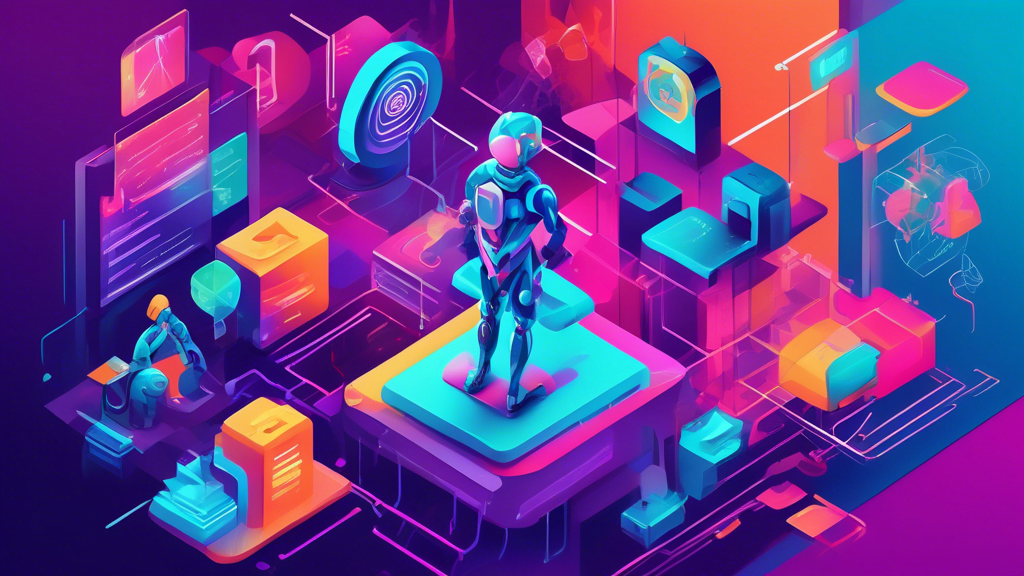Understanding AI Risks and Safety: NIST’s Dioptra Tool and AI RMF
Introducing Dioptra: The Tool for AI Risk Assessment
Let’s face it, artificial intelligence (AI) can be a bit of a wild frontier. The National Institute of Standards and Technology (NIST) has launched a tool called Dioptra, aimed at helping businesses test and uncover potential risks involving their AI models. The tool is designed to measure the impact of malicious attacks, considering how these attacks, particularly those targeting and poisoning AI model training data, can degrade an AI system’s performance. Asking yourself, “How can I trust my AI system?” is exactly the question Dioptra helps answer.
Dioptra supports NIST’s AI Risk Management Framework (AI RMF), particularly focusing on measuring and managing AI risks. Imagine you’re running a company relying heavily on AI for data analysis. One day, your model starts behaving oddly because someone tampered with its training data. Dioptra can help simulate these scenarios to prepare you in advance. That’s like having a weather forecast for your AI’s safety – predicting and allowing you to batten down the hatches before the storm hits.
A Parent’s Guide to Setting Up Controls on Popular Apps Like Facebook, Snapchat, and TikTok
Navigating the AI RMF: A Framework for Trustworthy AI
So what’s this AI RMF all about? The AI Risk Management Framework is NIST’s blueprint for companies to identify and manage the risks posed by AI systems. It’s an extensive manual, covering 12 risks and over 400 recommended actions. Essentially, it’s like having a detailed road map for ensuring your AI doesn’t veer off course. NIST also broadened this approach with a draft publication called the Generative AI Profile, addressing the unique risks associated with generative AI and suggesting targeted actions to mitigate them.
This framework wasn’t cobbled together in isolation. Over 2,500 dedicated members of NIST’s generative AI public working group collaborated to develop it. That’s a lot of brainpower going into creating a safety net for AI risks! It’s akin to having an entire community brainstorming to ensure your AI isn’t just functioning but doing so securely and responsibly.
NIST’s Mission: Cultivating Trust in AI
NIST’s goals are crystal clear – they aim to build trust in AI technologies by enhancing measurement science, technology, and standards. Their rigorous efforts span from conducting fundamental research to advance AI technologies to leading the development of technical standards. Consider their work as the behind-the-scenes magic that ensures AI systems are validated, reliable, safe, secure, transparent, and fair. It’s similar to how a good referee ensures a fair game – NIST is the referee making sure AI plays by the rules.
Part of this trust-building exercise involves making AI systems explainable and privacy-enhanced. Think of it as having a detailed manual for your AI, explaining how and why it makes decisions, while also keeping your personal data under wraps. It’s this dedication that drives public trust and fosters broader acceptance and innovation in AI technologies.
In the evolving world of AI, knowing your tools and frameworks is a game-changer. Dioptra and the AI RMF represent critical steps towards ensuring that AI systems not only function effectively but do so safely and fairly. As we advance in AI capabilities, these tools are pivotal in maintaining the balance between innovation and security. So, the next time you ponder the safety of your AI model, remember the diligent efforts and robust tools like Dioptra and AI RMF guiding you along the way.
“Trust but verify,” as the old saying goes, is more relevant than ever, particularly in AI. With NIST leading the charge, cultivating trustworthy and reliable AI systems is no longer a distant dream but a manageable reality.
